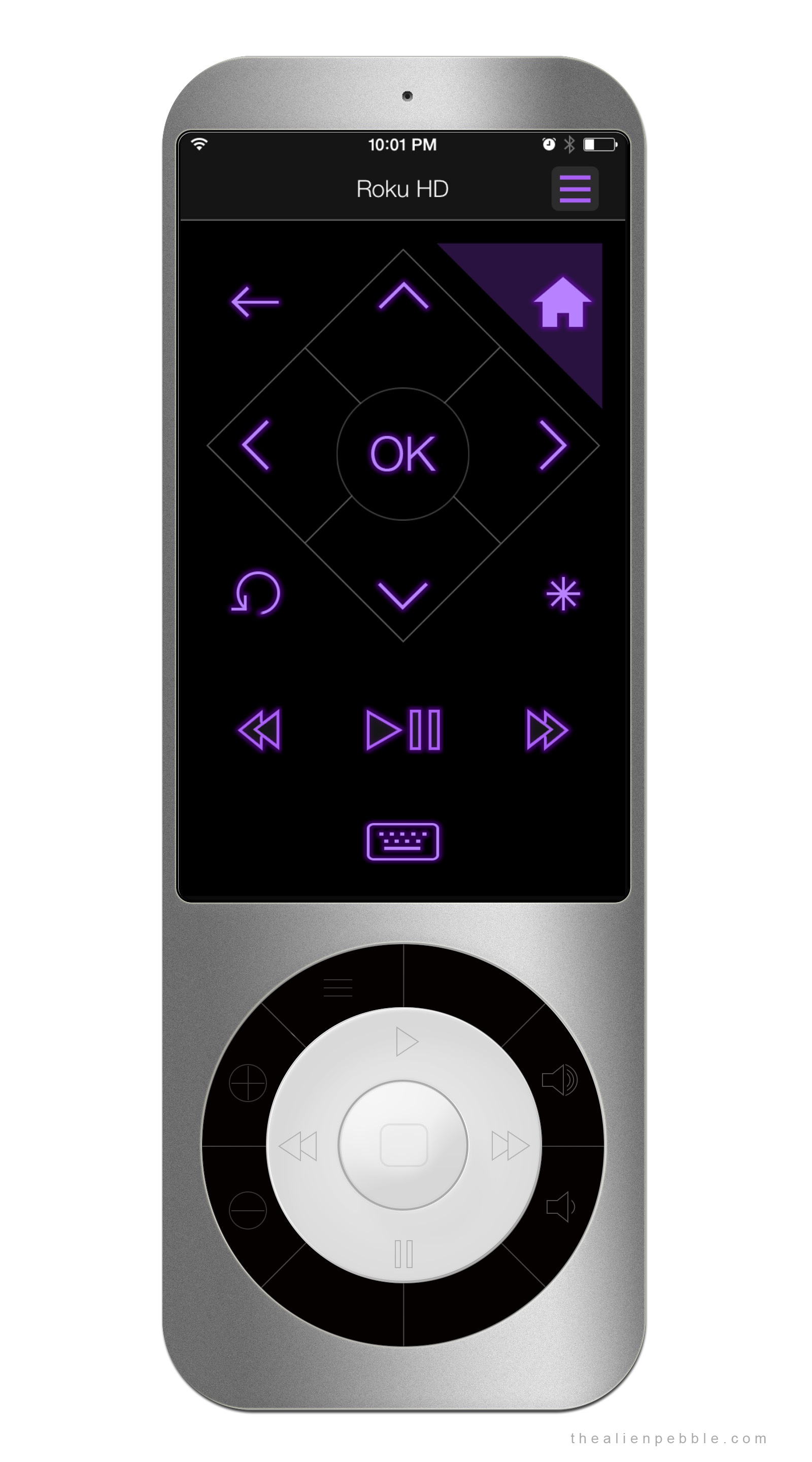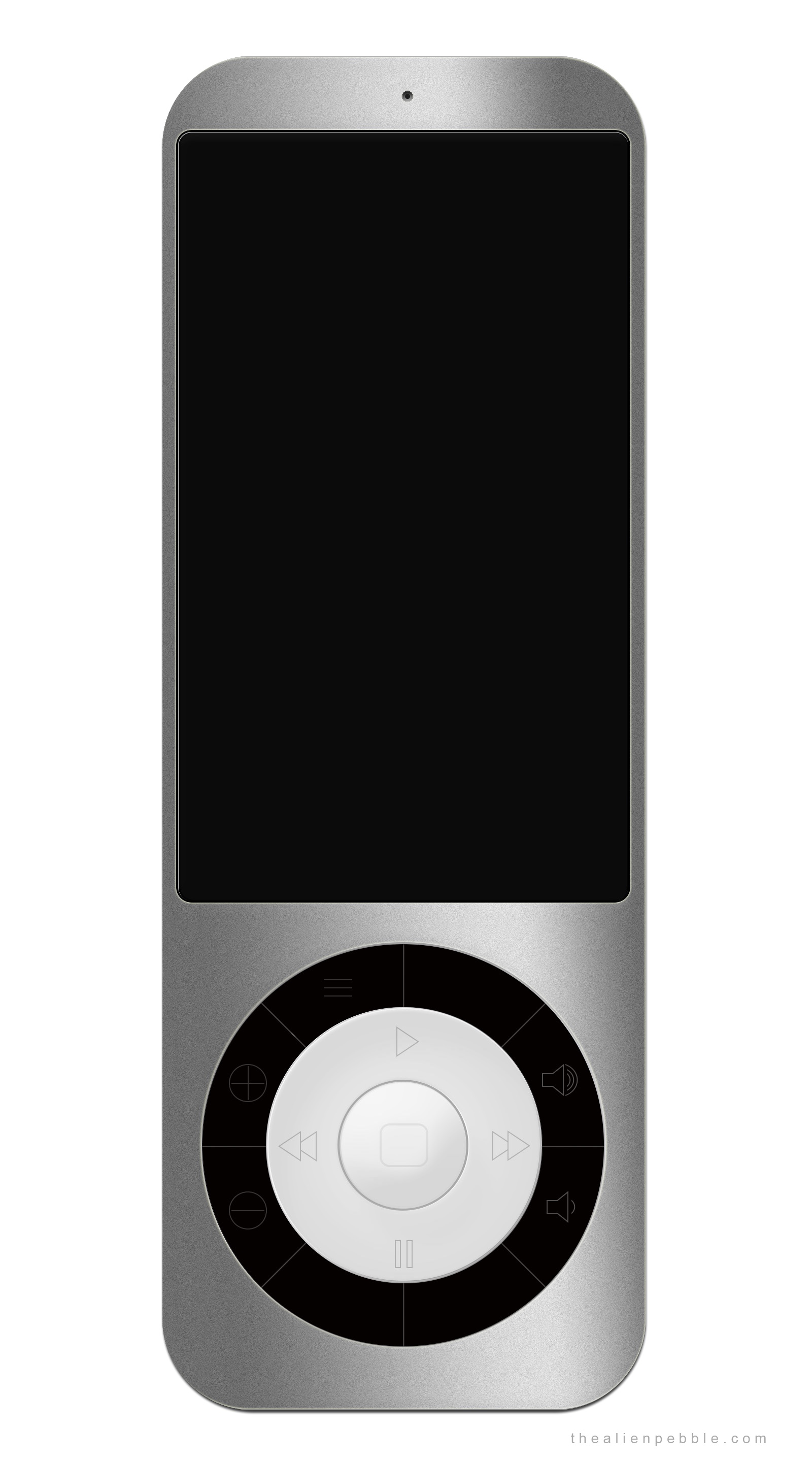If you care about streaming video and other media you’re probably familiar with the plethora of "stream boxes" available for media consumption. None are awesome; most of the ones you’ve heard of are decent. I've been using Rokus since 2008, or about the time Netflix lifted their cap on streaming. It has always been a solid option ("no one ever got fired for buying a [Roku]"), and now we have several other options, such as Apple TV, Amazon Fire TV, or Google Chromecast - to name any other stand-alone stream box you should consider purchasing. Of course there are also the consoles, PlayStation 4, Xbox One and Nintendo’s horribly underpowered, still-no-HD-Zelda-box, to name the latest. With the vast majority of these stream boxes you will be able to watch the non-negotiables: Netflix, HBO Go, Hulu Plus, YouTube, or Amazon Prime. As you might expect, there are a few annoyances in content procurement, like iTunes and Apple TV exclusivity. Streaming content on any of the devices mentioned above is a fair experience, but not devoid of stutter, lag and freezing during rewind, fast forward and playback - even with the abundance of processing power in the meekest of said devices.
Ultimately however, the biggest problem by far is not that you can't get content, but that you'll have a terrible experience controlling all of the content available. That is, when you combine your stream box with necessities for consumption... like a TV, things become much too cumbersome. This is the case even outside the consideration of other desirables, or any other device stashed below your TV.
There is really no good way to control it all.
Contrary to popular belief, this is not simply an interface or software problem. Sure, not one of the interfaces for the aforementioned devices is awesome, but even if these interfaces were amazing, it would not solve the majority of the problem. This is because what we have is a hardware problem, a remote control problem.
As we geek-out over said first world problem let us agree on one rule; we will put pure voice or pure gesture control aside for a moment, or for that matter, the next two years. I own and use an Xbox One everyday - Kinect as your sole controller is not feasible right now. Similarly, voice control alone on other devices cannot replace a an honest-to-goodness remote control, this is why Fire TV's voice search is built into the remote control itself. As such, we'll only consider handheld hardware we prod or swipe to effect change on our idiot boxes.
With that out of the way, lets begin. So what's the big deal about terrible remotes anyway? Well, It's a numbers game where your unhappiness is multiplied by the amount of stuff you need to turn up, mute, turn off, or cycle through... your other stuff. Sadly, we all have more than one remote control (or multiplier), one of which is likely that infamous universal remote control. Speaking of which, the only choice a consumer has in the way of a universal remote control is one of the questionable Sony universal remotes, or the less terrible choice of a Logitech universal remote control. This is obviously no choice at all since you shouldn’t buy a Sony remote - Sony is great for lots of products, but not for remotes. As for the likes of Crestron's Prodigy remote, or any other home automation/remote control system, a Sony universal remote is a far better choice for controlling TVs and media boxes; yes, all things considered (i.e. price v. functionality) they are quite terrible.
So where does that leave us? Logitech and its Harmony line is your least worst option if you are to avoid becoming the cat lady of remotes. To be kind, Logitech Harmony remotes provide a sub-par user experience, are made poorly, and are tremendously overpriced. Still, good luck finding a better universal remote than a Logitech remote. For this reason the Harmony Ultimate One is a major player in examining our need for a better remote control.
To understand the sadness that is the Harmony Ultimate One, I considered (some of) the specifications of an iPod Touch[fn1], as well as a solidly priced Android smartphone, Alcatel's OneTouch Idol 3. One thing became clear during the process, "you get what you pay for [unless you pay for a Harmony Ultimate One]". The product line seems to be a tremendous racket. I created some charts below to better explain my position. It is both more digestible and disturbing when reduced to a chart. Of course you will need to know how I arrived at the charts below; let me explain.
First, I allocated 10 points maximum each for specifications that would make a perfect remote control, in categories such as: IR, Bluetooth, Wi-Fi, NFC, touchscreen, microphone, rechargeable battery, qwerty keyboard (digital or otherwise), vibration feedback, setup, memory, gyro sensor or motion control, gesture control, headphone port, voice assistant, a real CPU, camera, a real OS, video playback, audio playback and speakers, mirroring, light sensor, and untethered programmability. All the aforementioned specifications have some reason for being, in this dream remote scenario. For example, why would I want a camera in a remote control? Two words: "gift cards". It is much easier to scan a gift card using a camera, such as Kinect, and add credits to your account, than enduring the rigmarole of logging into your account and adding credits manually. On the other hand, somethings are clearly not needed in a remote and may be a detriment, such as a cellular radio, which would more quickly end battery life.
Second, I allocated another 30 points solely for an ecosystem because of its importance. I consider apps and widgets, developer engagement, and an app store all under the ecosystem metric.
Lastly, I converted the price of each device (Ultimate One, iPod Touch, Idol 3), into points, on a one dollar to one point basis. Below are the results from a price versus features (or functionality) perspective.
Logitech Harmony Ultimate One
iPod Touch 16Gb
Alcatel One Touch Idol 3 16Gb
As you can see, Logitech's Harmony Ultimate One, gets solidly trounced by the iPod touch and Alcatel's OneTouch Idol 3 in a cost versus functionality comparison. For example, the iPod starts at $200, has a 4 inch retina touchscreen display, Bluetooth, WiFi, a microphone, gyro sensor, a 5-megapixel camera, runs iOS, and has the App Store and a large developer community. Similarly, the Alcatel OneTouch Idol 3, starts at $250, carries a 5.5 inch 1920x1080 IPS Touchscreen display, Bluetooth, WiFi, NFC, a microphone, stereo speakers, gyro sensor, a 13-megapixel camera, a Snapdragon quadcore CPU, and of course Google’s strong Play Store and developer community. The list goes on for both the iPod touch and the Idol 3. Except for IR, which we absolutely need in a remote and will likely need for the next several years (no matter what tech snobs tell you), the Harmony Ultimate One simply cannot compete. Below, is a breakdown of how each device stacked up from a feature for feature perspective. Using the metric described above, the Harmony Ultimate One, iPod Touch, and Idol 3 had a point total of 42, 190, and 217, respectively.
A dedicated remote with similar specifications to an iPod touch, or Idol 3, plus IR is the universal remote control consumers need to navigate the multi-headed beast of a stream box, blu-ray player or game console, and a TV set. Such a remote control would properly place a TV Guide on the control device. You could browse your Netflix library on your remote, as opposed to your smart phone, and throw it to the TV when you're ready. You could assign different users to a remote for purposes of parental controls, or so a certain user receives a particular reminder, such as when their favorite sports team has an upcoming game. If a dedicated remote was to utilize iOS Homekit or Android, you could properly control your smart home, with buttons apps and widgets appearing when and where it makes sense. When I started thinking about our remote control problem couple some weeks ago, I envisioned a proper remote having some version of the circular touchpad we know and love from legacy iPods, for scrolling through your Netflix library, and performing similar tasks - it seems as though this may come to Apple TV remote this summer. A modern remote would also have a rock solid voice search. Additionally, it would contain IR and bluetooth, and avoid slow WiFi connect, to control devices. Several companies are in a position to make such a remote, and importantly, to sell it coupled with a stream box. Apple, Amazon, Microsoft, Motorola, and Sony come to mind. I question Logitech's ability to pull this off in the near future based on its lack of sophistication where product manufacturing is concerned.
Things are a mess right now; cord cutters need a remote control that can keep up.
I obviously haven't the slightest idea of what Apple will do for the much speculated revamp of Apple TV. Will it still be a "hobby"? Who knows. Similarly I have no knowledge of any other company's plans for its stream box. Nonetheless, to any company making a stream box, I say, don't dare try to sell me another box, unless its accompanied by an awesome universal remote control, all for under $150. I know it is possible, and I know you can do it.
Notes
1. I was tempted to say "using Apple as a lens to look at existing... Tech markets." -- I'm looking at you Horace Deidu, you nerd's nerd of a man. Since the passing of Bob Ross, it is hard to do better than the soothing sounds of Deidu explaining market strategy and consumer purchase habits.








